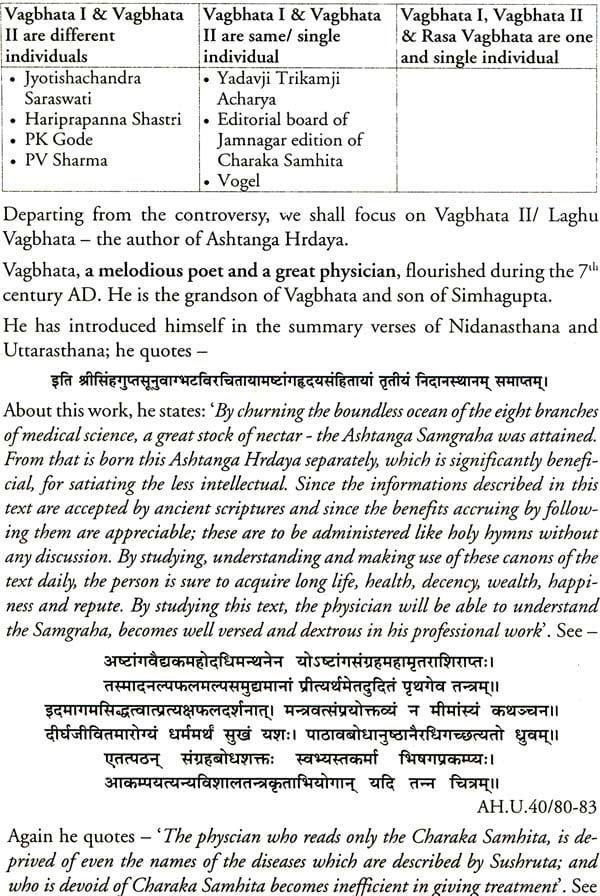Ashtanga Hridaya Book In Kannada
As you were browsing www.quikr.com something about your browser made us think you were a bot. There are a few reasons this might happen:
- You're a power user moving through this website with super-human speed.
- You've disabled JavaScript in your web browser.
- A third-party browser plugin, such as Ghostery or NoScript, is preventing JavaScript from running. Additional information is available in this support article.
After completing the CAPTCHA below, you will immediately regain access to www.quikr.com.
The essence is collected and presented in Ashtanga Hridaya, which is neither too short nor too elaborate. 4.5-5.5 – Branches of Ayurveda. Vāgbhata (वाग्भट) is one of the most influential classical writers of ayurveda. Several works. Vagbhata was a disciple of Charaka. Both of his books were originally written in Sanskrit with 7000 sutra. According to Vagbhata, 85% of diseases.

Sep 12, 2010 - I am not aware of any Kannada books for learning Sanskrit. As per worldcat.org Ashtanga Hridayam with Vakya Pradipika was published in.
The Ashtanga Hridaya: A compendium of the Ayurvedic System, composed by
Ashtanga Hridaya: A compendium of the Ayurvedic System, composed by  Vagbhata with the commentaries (SarvangaSundara) of Arunadatta and (
Vagbhata with the commentaries (SarvangaSundara) of Arunadatta and (Astanga Hrdayam
AyurvedaRasayana) ofHridaya Sutra
HemadriThe Astanga Hridaya was written by a Buddhist physician named Vagbhata circa 500-600 CE. This textbook deals primarily with therapeutics and adds some new herbs, new formulas and advanced information on the use of metals and minerals.
Eugeny Eugenovich Obermiller (1901-1935) wrote in 1935 on the Ashtanga Hridaya Samhita:
'This work of Vagbhata is undoubtedly of very great importance for us, for it is a direct connecting link between India and Tibetan medical literature. It enjoys such a position because there is a complete and accurate translation of it in Tibetan language... On studying the original and translation together, it would become possible to establish correctly the terminological parallels in both the languages; we would know that such and such Sanskrit technical terms, words and expressions have equivalents in the Tibetan language permanently corresponding to them;... the translations of Sanskrit works into the Tibetan language were made by Tibetan translators with the greatest accuracy and the rules worked out for this were most rigid, aiming at uniformity in translations and terminology.'